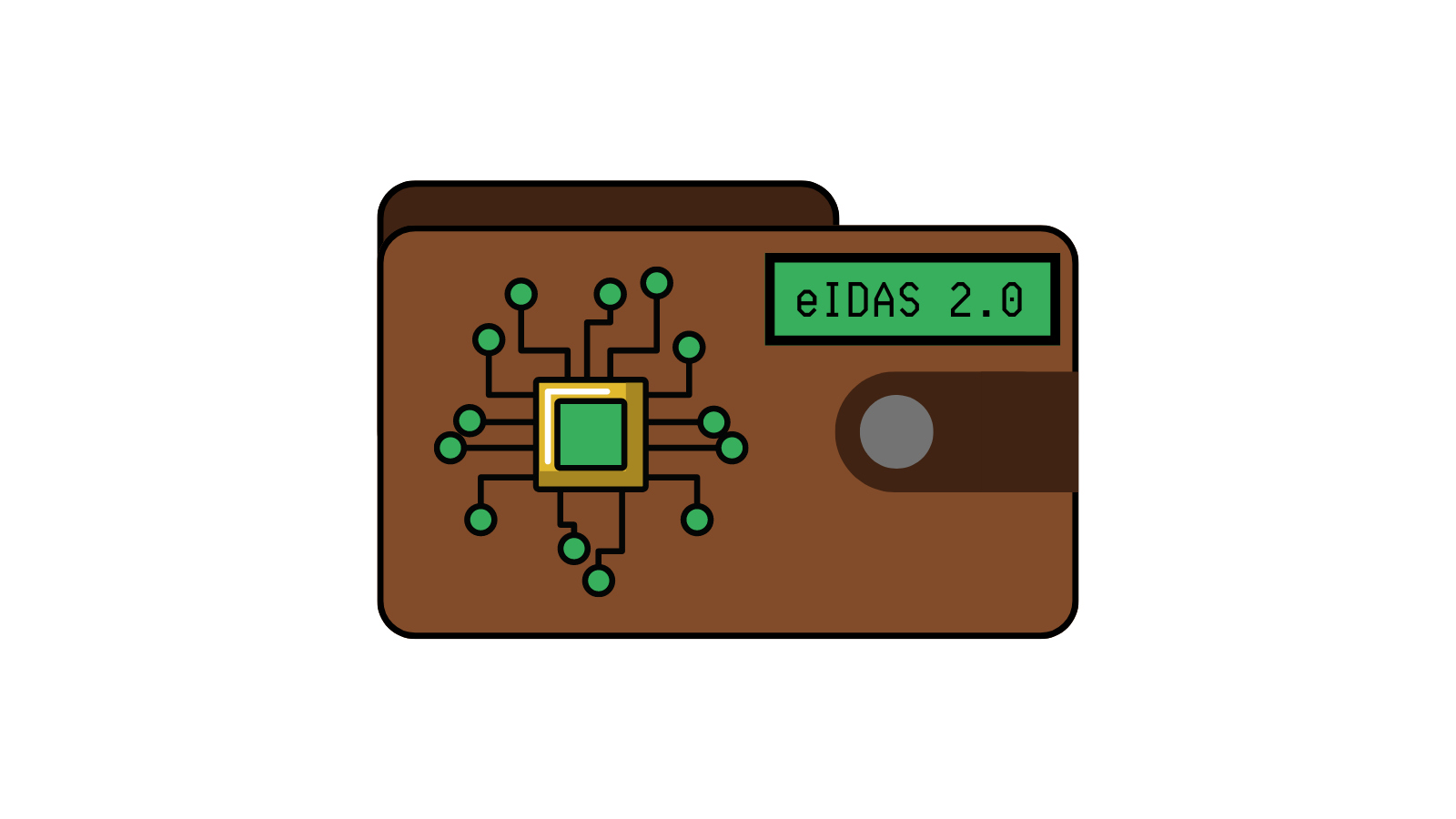


What's new:
Improvements:
The eIDAS 2.0. proposal now comes with a so-called European digital identity wallet, which should take the form of an application on mobile phones or other devices. As such, it should be based on a national electronic identity and will be issued by individual Member States or a body mandated to do so.
The European Digital Identity will be used not only by citizens of EU Member States, but also by permanent residents of the EU. It is also being considered for the identification of legal entities. This is not yet envisaged in Czech legislation, but we shall see if it does not succumb to pressure in the context of the adoption of the new text of the regulation.
The identity wallet should not be used "just" for personal identification, but could also contain other documents such as a driver's license, various diplomas, licenses, certificates, birth certificates, etc. The user of this identity wallet decides what information and documents to upload. The information and documents uploaded in this way should then be universally recognised in all Member States of the European Union.
By having the identity wallet serve as identification, the customer would no longer have to create profiles for each site separately when contracting online. This eliminates the need to frequently come up with logins and passwords. This should give everyone a better idea of what personal data the other party has access to. Your personal data should therefore not fall into the hands of third parties without you knowing it. The issue of the misuse of personal data and the penalties for leaking it is indeed addressed in detail in the forthcoming revision of the Regulation.
It will also be possible to use the identity wallet to create and use a qualified electronic signature or a qualified electronic seal.
Today, digital identity is mainly used in the regulated sector, especially when communicating with authorities, banks or various administrative bodies.
However, the new identity wallet will find use in communication with businesses, for example, when arranging membership in a loyalty club, etc. We can therefore expect it to become increasingly popular in the private sector as well.
Interestingly, within the framework of the European Digital Identity Wallet, not only people but also things could have a digital identity. This would make it possible to identify them and verify their relationship to their owner.
Setting up an identity wallet is purely voluntary and should also be free of charge. So you do not have to worry about being disadvantaged because you have not set one up.
This is a big change from the original regulation. However, the question is whether the functioning of the European wallet offline will be fundamentally different from online. However, the specific extent of offline use will only become clear in time.
The aim of eIDAS 2.0 is to facilitate the creation, selection and switching between different European digital identity wallets. It should be possible to ensure that the required data can be transferred at the user's request. Any obstacles that might hinder the easy transfer should be removed.
In practice, this would mean, for example, that the data entered in Apple Wallet can be easily and quickly transferred to Google Wallet without the user having to fill in and upload everything again manually.
Amendments from MEPs have now been received. A vote on the text of the regulation is tentatively scheduled for the end of October 2022. Once the final text is approved, countries will have 12 months to create the conditions and issue European digital identity wallets.
eIDAS 2.0 has great potential to take digitalisation and digital identity a long way forward. In order to definitively assess how much eIDAS 2.0 will contribute, we have to wait for its final form and implementation.